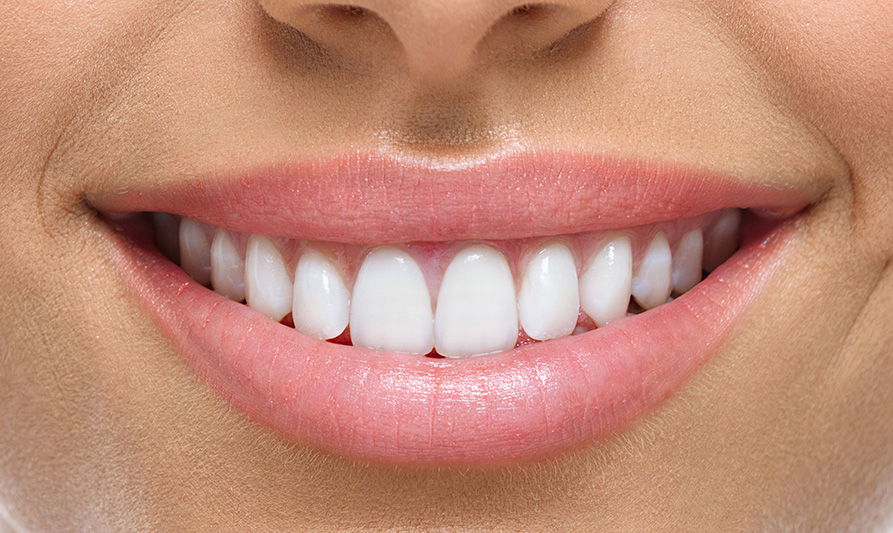Dentistry is among the professions that have evolved tremendously over the decades. The practice of dentistry has experienced major milestones due to the technological advancements that have been made in the field. The Indus Valley is credited with being the cradle for the civilization of dentistry around 700 B.C. This article provides a detailed description of the process of evolution and technological milestones that have been made for utilization by an American dentist.

What are some of the Evolutions that have been made in Dentistry over the Years?
- The invention of amalgam- a dentist was skeptical of the manner in which most people suffered the loss of their tooth. For that reason, they conducted extensive research and came up with amalgam. It was to be used for tooth restoration. Its invention is credited to two Englishmen, the Crawcour brothers. Amalgam contained a mixture of mercury, tin, and shavings of silver coins blended into a paste.
- The introduction of dentures in the mid-19th century- just the way amalgam was introduced to tame missing teeth, so were dentures. They were made of human bones, metals or ivory so as to ensure durability. However, Charles Goodyear improved the technique by inventing vulcanized rubber in 1851.
- The dental drill- they provided patients with decayed teeth a sigh of relief. Dental drills sped up the process of removing decayed and worn out tooth.
- The toothbrush- the toothbrush is perhaps the most common tool known by a dentist. It was invented by a dentist, William Addis, an Englishman, while in prison. However, he commenced on mass production of toothbrushes after he was released from jail. With the improvements in technology, an electric toothbrush was invented in 1939.
- Toothpaste- together with the toothbrush, they share more than just roles but end-goal as well. It was invented by an American dentist, Dr. Washington Sheffield, in 1850. He first made toothpaste composed of pumice and powder. Subsequently, the dentist patented the toothpaste in 1878.
American Dental Practices and their Impact on the Profession
The United States is one of the countries that have formulated stringent laws and code of conduct which every dentist is expected to abide by. Such laws ensure that every dentist upholds uniformity and civility. Simply put, dental standards and guidelines ensure that each and every dentist is on the same page. As a result, a dentist, as well as those who manufacture dental products, is able to work harmoniously for the betterment of patients.
The ADA (American Dental Association) is mandated with establishing clear technical recommendations and guidelines in the American dental arena. They ensure that every modern tool and equipment that is used is up to the required standards. Such requirements range from manual and electric toothbrushes, sealants, and radiographic systems. In fact, ADA prides itself in ensuring professional satisfaction and patent safety by setting clear policies for both dental informatics and dental products.
What are some of the New Dental Technological Advancements in America?
Are you aware that the turn of the century witnessed major technological advancements in the dental profession? It was a time when computer-based technologies were developed, upon which they were infused into the medical profession, much to the delight of many a dentist. Not only do technologies based on computers play a pivotal role in everyday human lives but also in the dental practice as well.
For instance, continuous interactions between computers and human beings have led to the development of virtual reality (VR); which has really improved the work of many a dentist. Apart from Virtual Reality, advancements have also been made on computer-aided design and its use in dentistry. Indeed, virtual reality, computer-aided design, augmented reality (AR), laser dentistry and many more have revolutionized the work of each dentist and the entire dental profession. Below is a detailed explanation of some of the latest technological devices and tools that have found their way into use by everyone who is a dentist.
- Virtual Reality Technology- the environment of virtual reality is controlled entirely by computers. It gives users the impression that they are in total control of the system. That is possible since virtual reality is replicated and stimulated three-dimensionally. Basically, virtual reality is dependent mainly on two features, interaction, and immersion. The use of virtual reality in dentistry is not seamless- this is due to the complexity of the process and keenness involved. Extreme care has to be taken when handling the roots tissues such as bone, multilayer, and gingiva.
- Augmented Reality- it aims to infuse synthetic additives into the real world as opposed to virtual reality which totally engages an individual in a computer-generated environment. Augmented reality is used in prosthetic surgery, maxillofacial surgery, and dental implantation.
- VELscope- it is a special kind of light used to project light into a patients’ mouth. The VELscope is designed to detect any kind of abnormalities that may be present in a patients’ mouth. Therefore, it can be used to detect conditions such as oral cancer and other oral infections.
- Laser dentistry- the use of lasers in dentistry ensures that discomfort and inefficiency that is associated with an oral procedure is kept at bay. Lasers are predominantly used in teeth whitening, eliminating tumors, reducing tooth sensitivity and filling of cavities.
The Final Word
Technology has indeed played a critical role in the medical profession, and dentistry in particular. A dentist in the contemporary world is able to enjoy the benefits of modern technology as he/she conducts oral procedures. New technological advancements such as augmented reality (AR), virtual reality (VR), laser dentistry, VELsope and many more have delighted many practitioners and revolutionized dentistry; putting a smile on the face of every dentist.
Dr. Tricinella at South Tulsa Dental preforms all aspects of cosmetic and family dentistry, with a particular emphasis on esthetic and computerized CAD/CAM dentistry, digital X-rays, and same day emergency services.